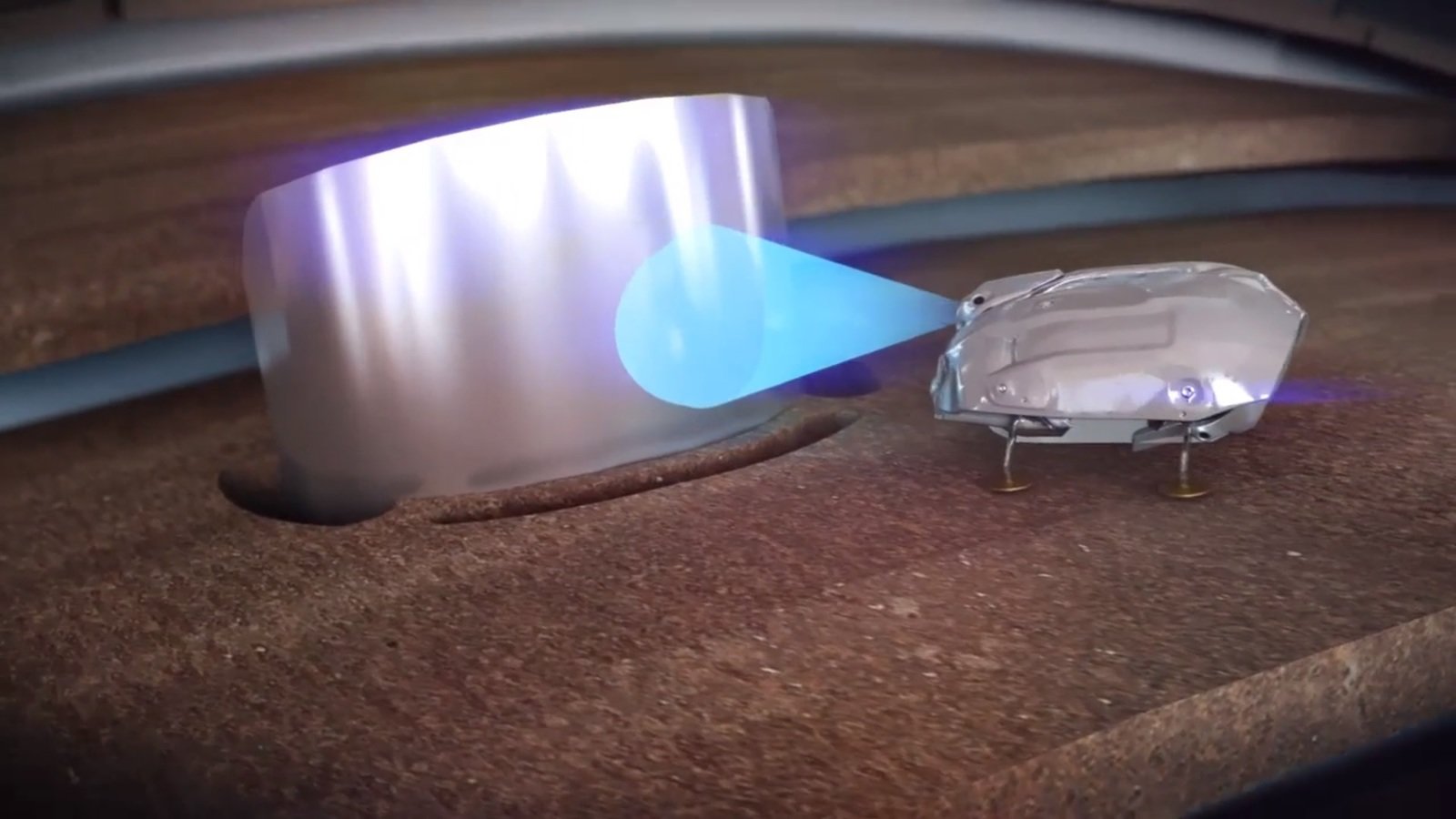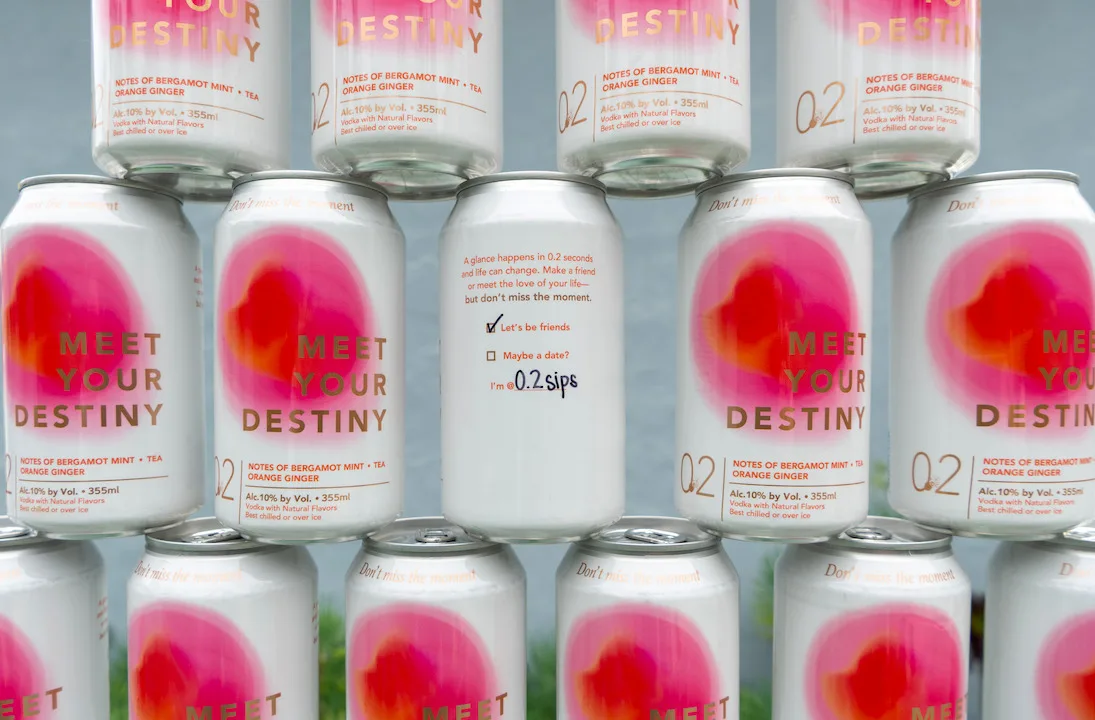
SPORTS WILL NEVER BE THE SAME
May 28, 2020
MICRO ENGINEERS
May 31, 2020Growing your own vegetables is an experience on its own: seeing something flourish that you nurtured and cared for is rewarding already, but being able to ‘reap’ what you sow brings satisfaction and gratitude. But very often, our crops will perish before we even had a taste. What did we do wrong? With Farmshelf we don’t have to break our heads about the science of farming anymore, it farms itself.
WHAT IT IS?
Farmshelf is an indoor farming business from Brooklyn that offers plug & play minifarms that don’t require soil, or even natural lightning. The startup was founded in 2016 by Andrew Shearer, but their products and services were only available to certain restaurants as an feasibility test. The shelves became a success and now pre-orders are already available for families and offices across all 50 states of the US.
The idea came from the need to create a solution against food waste, but in a very functional fool-proof way. Farmshelf doesn’t require a green thumb at all: just an electricity outlet and a Wi-Fi connection. The system will provide the rest. It even generates LED-lightning so plants can grow in darker environments as well, which makes Farmshelf very usable for offices or small apartments. The only thing the user has to do is occasionally refill the water reserve. The Farmshelf system will regulate the temperature, monitor the pH levels and add the correct amounts of water and nutrients. The user can even check up on their vegetables from anywhere in the world with the Farmshelf app, which uses the systems cameras and sensors. The system has a retail price of $6490 but enthusiasts can pre-order their shelf for a discount price of $4950. Farmshelf also offers a monthly subscription which offers unlimited seedpods, nutrients and access to the Farmshelf app. With more than 40 different kinds of seedpods to choose from, you can create a very personalized shelf that suits your liking. Farmshelf aims to deliver their systems to their new owners in early spring 2021.
WHY IT´S COOL?
- Growing your own vegetables can be a chore and a disappointment: who doesn’t know the feeling of defeat when your crops have perished even after all the care and love you gave them? A system that takes care of itself is easily maintainable even for the busiest of people.
- Creating a connection with food gives more meaning to our meals. We can share what we produce with our loved ones and watch the whole process. It can result in healthier diet choices, especially for children that often detest greens.
- You are reducing your impact on the planet. You will cut down on food waste because you only harvest what you need. You are cutting down your usage on plastic packaging and emissions. Farmshelves use 90% less water than traditional farming.
- Meteorological conditions won’t have impact on your crops anymore since you can grow everything indoors. This is especially very Cool for humans living in climates that are either too warm or too cold for traditional farming. Farmshelf crops even grow up to 3 times faster than outdoor farming.
WHY IT HAS FUTURE GROWTH POTENTIAL?
- Global warming is one of humanity’s biggest threats. Other forms of climate change are having massive negative impact on our planet. Desertification of land, for example has been sped up for about 30 to 35 times the historical rates. We need to start thinking about more ecological friendly ways of producing food. But even in worst case scenario, this invention can help us to still being able to produce food in climates where traditional methods of farming will fail. With Farmshelf we are not dependent on weather conditions any more.
- In a world of overconsumption and mass production, indoor farming could be a solution for many. If we can grow our vegetables in our own homes, we will be less likely to consume on products that are produced in ways that are harmful for our planet. There will be less food waste because we will only harvest what we need.
- Farmshelf might be costly for many, the future might bring more economical pleasing versions. What if we could use Farmshelves in third world countries to provide healthy and fresh food for everyone?
Works Cited
Image retrieved from www.farmshelf.com
Farmshelf. (2020). Introducing Farmshelf Home. Retrieved from Farmshelf: https://www.farmshelf.com
Nunez, C. (2019, May 31). Desertification, Explained. Retrieved from National Geographic: https://www.nationalgeographic.com/environment/habitats/desertification/





2 Comments
Hi Kelly. Thanks again. (This is your fourth one, isn’t it? – I am going to tell Babette to add it to your end assessment!) House farming in itself isn’t too new anymore – also Daniele Hvarchikova writes about it here. But you add this super-mointoring skin around house farming. That makes it new after all. Thanks. Hope you stay with us. Carl PS A video of four minutes will be too long for other students to watch, better to advice them to watch a certain episode, say from 1.02 tot 1.56 or so. hope you stay with us.
Hi Kelly, Nice blog post! When I first saw your photo I was a little disappointed with the subject because you have a lot of these ‘indoor farms’, but when I read your text I saw the innovative twist this seed has. Well done! I agree with Carl. Maybe the video is a little too long, but you know it. I would like to learn from you.
-Melissa Claerhoudt-